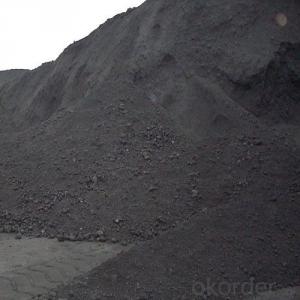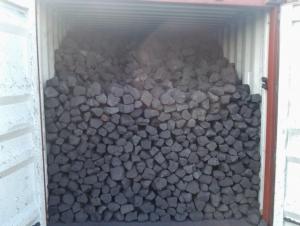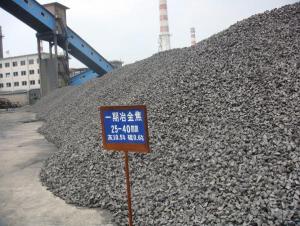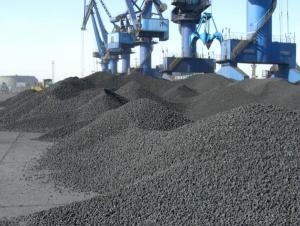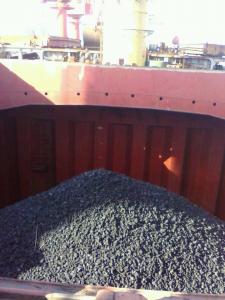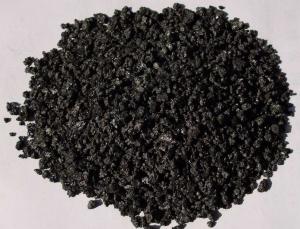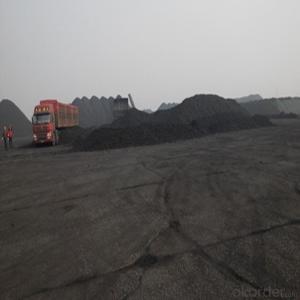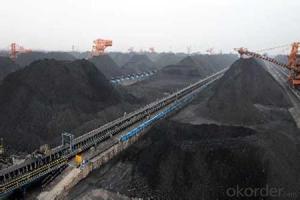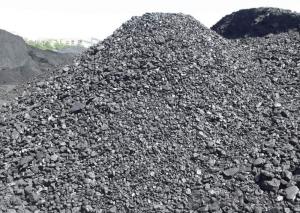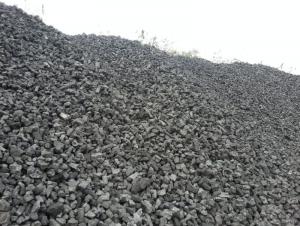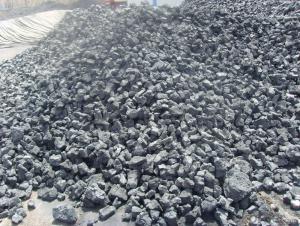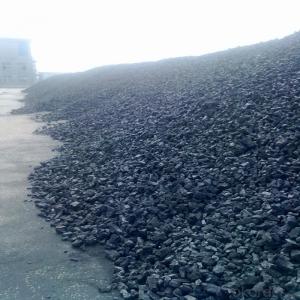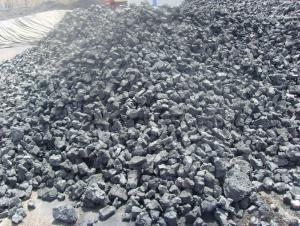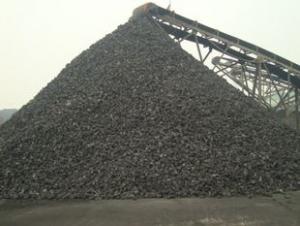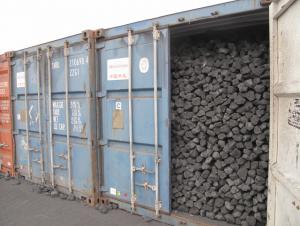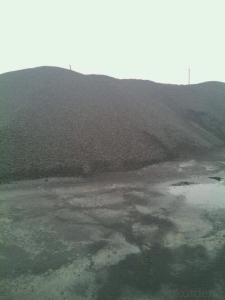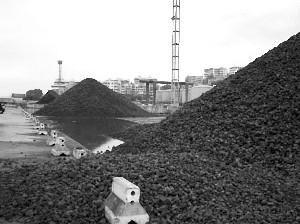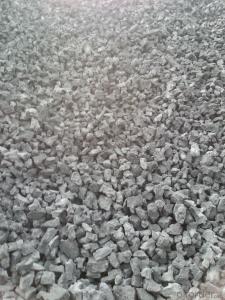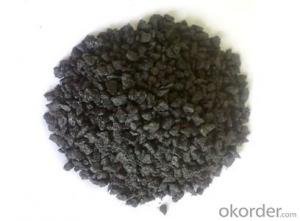Metallurgical Coke of Coke Strength after Reactivity 65
- Loading Port:
- Tianjin
- Payment Terms:
- TT OR LC
- Min Order Qty:
- 100 m.t.
- Supply Capability:
- 3000 m.t./month
OKorder Service Pledge
OKorder Financial Service
You Might Also Like
1. Structure of Metallurgical Coke of Coke Strength after Reactivity 65 Description:
Coke is made by high temperature metallurgical coke for blast furnace smelting, casting and gasification. Occurring in the process of coking after recovery and purification of coke oven gas is a high calorific value of fuel, is an important industrial raw material in organic synthesis.
Coke is mainly used for blast furnace ironmaking and used for copper, lead, zinc, titanium, antimony, mercury and other non-ferrous metal smelting of blast furnace, reducing agent, compound and the function of stock column frame.
Blast furnace with Coke instead of charcoal, which laid a foundation for the large-scale of modern blast furnace, is a major milestone in the history of metallurgy.
2. Main Features of the Metallurgical Coke of Coke Strength after Reactivity 65:
• Quality assurance
• Mutual benefit
• Preferential price
• Various choice
3. Metallurgical Coke of Coke Strength after Reactivity 65 Images:


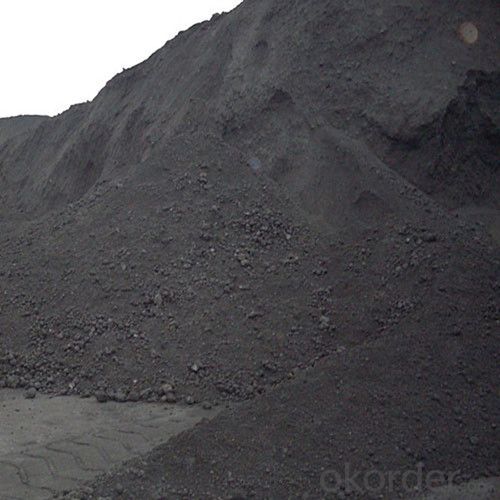
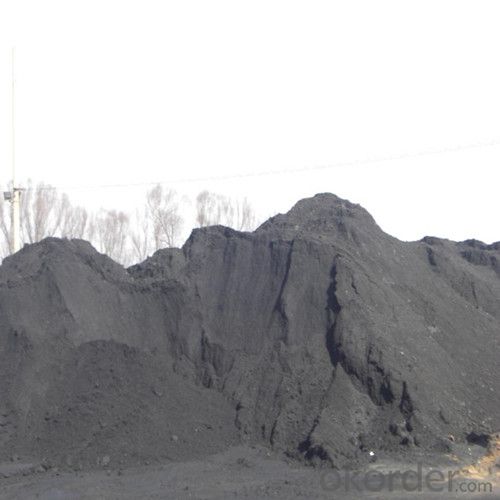
4. Metallurgical Coke of Coke Strength after Reactivity 65 Specification:
Parameters | Guarantee | Rejection |
Total Moisture (As received basis) | 5% max | |
Ash (dry basis) | 12.5% max | > 13.5% |
Volatile Matter (dry basis) | 1.5% max | > 1.8% |
Sulphur (dry basis) | 0.65% max | > 0.75% |
Phosphorus (dry basis) | 0.035% max | > 0.045% |
M10 | 7% max | > 9% |
M40 | 84% min | <82% |
CSR | 65% min | <63% |
CRI | 25% max | > 27% |
Size 30-90 mm | 90% min | |
+90 mm | 5% max | > 8% |
-30mm | 5% max | > 8% |
5. FAQ
We have organized several common questions for our clients,may help you sincerely:
1) How to guarantee the quality of the products?
We have established the international advanced quality management system,every link from raw material to final product we have strict quality test;We resolutely put an end to unqualified products flowing into the market. At the same time, we will provide necessary follow-up service assurance.
2) What are coke's main physical properties?
The average heat capacity is 0.808 kj/(KGK) (100 ℃), 1.465 kj/(KGK) (1000 ℃)
Thermal conductivity is 2.64 kj/(MHK) (room temperature), 6.91 kj/(MHK) (900 ℃);
Ignition temperature (air) is 450-650 ℃.
3) How about your company?
Our company began to export coke when China cancelled 40% of coke export tariffs and quotas on January 1, 2013. We export many kinds of coke, such as CSR60 % and CSR 62% metallurgical coke (met coke), the NUT coke of 20 to 50 mm, coke breeze of 3 to 6 mm, and so on.
- Q: The difference between coal and coke
- The semi coke production tend to low temperature carbonization, distillation temperature at 600 degrees Celsius, due to a late start, at present the low temperature carbonization furnace single furnace annual output of 30 thousand tons / year in most equipment under low temperature carbonization furnace forum of more than 50 thousand tons / year scale is still at the exploratory and experimental stage, technology of the large-scale equipment is still not mature, can only achieve centralized mass production using a combination of multi furnace technology. The use of coal field is quite widespread, especially in the carbonaceous reducing agent has unique properties, economic advantages are very obvious.
- Q: What are the indicators of first grade coke and the two grade coke?
- Two level 12.01-13.50 0.61-0.80 not less than 76 not greater than 9 not greater than 1.9Three level 13.51-15.00 0.81-1.00 not less than 72 not greater than 10 not greater than 1.9
- Q: What is the reasonable standard of volatile content of coke
- Generally speaking, the volatile content of coke is about 1.5 or so, but not more than 2
- Q: The total amount of heat released by the fully burnt 200g coke is 60% by mass of 10kg water absorption [q coke =3.0 * 107J/kg, C water =4.2 * 103J/ (kg = C)], q:(1) how much heat is absorbed by water?(2) if the initial temperature of water is 10 degrees C, then, after absorbing heat, the temperature will rise to how much?
- At a standard atmospheric pressure, the boiling point is 100 DEG C, the temperature of the water rises to a temperature of 100 DEG C, and the temperature will not change,So the water temperature can be increased to 100;Answer: (1) the heat absorbed by water is 3.6 * 106J;(2) after absorbing heat, the temperature of the water will rise to about 100 degrees centigrade
- Q: What is the difference between coking plant and coke plant
- Never heard of coke plant, coking plant is the production of coke products, there are other chemical products, it is estimated that you said the coke plant is the purchase of other people's desire to sell second-hand coke traders.
- Q: What kind of coke is needed for smelting special steel
- What kind of coke smelting special steel need to ask the question itself is wrongThere are many kinds of special steel, different steel with different raw materials, the requirements of the quality of coke is not the sameSteel comes from iron, iron from iron ore and coke, and other additives
- Q: What is the difference between the industrial analysis of coke and the industrial analysis of coal samples
- Quite a lot! You'd better look at the standard coal GB/T212-2008,
- Q: Why in the blast furnace ironmaking with coke instead of charcoal why coke can produce heat to improve the heat of the furnace how to produceWhy in the blast furnace ironmaking with coke instead of charcoal why coke can produce heat to improve the heat of the furnace how to produce
- The role of coke in the blast furnace: 1 reducing agent 2 heating agent 3 skeleton role. Combined with the effect of coke in the blast furnace can know compared with coke instead of charcoal. The coke oven gas is produced high calorific value of fuel, and is an important raw material for organic synthesis industry.
- Q: The coke is divided into several separate uses
- Gasification coke is used for the production of coke gas. The utility model is mainly used in a fixed bed coal gas producer with solid slag discharging, and is used as a gasification raw material to produce CO and H2 as combustible components. The main reaction of gasification process:C+O2 - CO2+408177KJ
- Q: The two day of the fire is not wang you have a good way to have any good way. Such online
- Coke obtained from high temperature coking for blast furnace smelting, casting and gasification. Coke oven gas produced in the process of coking and recovery is not only a high calorific value of fuel, but also an important industrial raw material for organic synthesis.
Send your message to us
Metallurgical Coke of Coke Strength after Reactivity 65
- Loading Port:
- Tianjin
- Payment Terms:
- TT OR LC
- Min Order Qty:
- 100 m.t.
- Supply Capability:
- 3000 m.t./month
OKorder Service Pledge
OKorder Financial Service
Similar products
Hot products
Hot Searches
